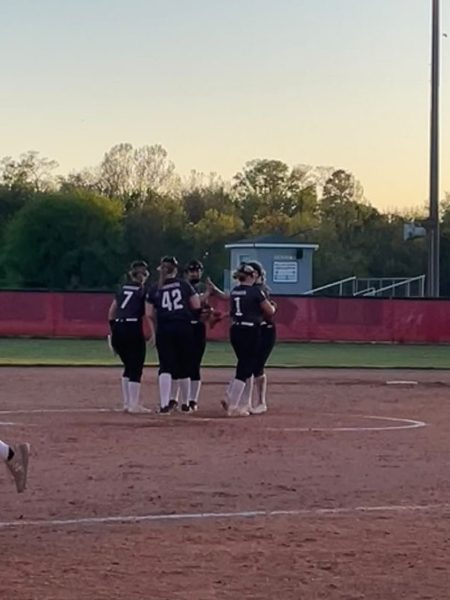Worth the Risk
A picture from the Missouri Department of Health of what the brain looks like after multiple concussions.
November 9, 2022
Dropping like flies.
With the risk of getting Chronic Traumatic Encephalopathy rising, football players all over are wondering if playing football is worth the risk.
Chronic Traumatic Encephalopathy, also known as CTE, is a brain condition that is caused by repetitive episodes of concussions. In recent studies produced by the Department of Defense and Uniformed Services University it has been shown that 99% of college football players end up getting CTE. And another 27% of high school players are affected by CTE. The average life expectancy of a football player suffering from CTE is 51 years old.
With the statistics and chances of CTE rising it makes players around the world more nervous than ever to play football. “I didn’t know how likely it was. It definitely makes me nervous,” junior Gabe Henderson said. Doctors say once someone gets 17 concussions it leads to CTE.
Parents constantly struggle with the fear of concussions even at the lowest stage of football. “Of course it’s scary and it worries me, but they love it and I can’t take that away from them,” Brittney Goldsmith, parent of two youth players, said. A study from the Medical Journal Translational Psychiatry, showed children who participated in football before age 12 were twice as likely to have problems with behavior regulation, apathy, and executive functioning.
High school football players statistically have 11.2 concussions for every 10,000 games and practices. With this number rising it forces players to be more informed and worried for their future. “Well I’ve had multiple concussions and they never get easier, but eventually you get to a point where you expect it and honestly the worst part is you can’t play or practice,” Henderson said.
While not being able to keep concussions under control the safety protocols is something that is extremely important. “Well definitely keeping the players safe is the most important thing, but accidents happen, there’s no way to make sure they never happen but we just have to be prepared and keep the players safe,” Head Football Coach, Keegan Kendrick said.
The recent concussion affecting Tua Tagovailoa, the Dolphins Quarterback, has opened up an investigation about the NFL’s concussion protocol. Tagovailoa suffered a lower-back injury in the first half of the game against Buffalo. Then, in the next game experienced a scary collision in which he was slung to the ground by Bengals defensive tackle Josh Tupou. Tagovailoa hit his head on the ground, and stayed on the turf for several minutes as trainers attended to him before being taken off the field on a stretcher. An ambulance then took him to the University of Cincinnati Medical Center to be treated for head and neck injuries. This situation has made the NFLPA make minor changes to the protocol. The term “gross motor instability” was replaced by “ataxia.” Under the old protocol, the team doctor could determine that Tagovailoa’s stumble, or gross motor instability, was because of a back injury, not a brain injury. But now they have to assume it’s brain energy unless proven differently.
The incident that happened with Tagovailoa puts a fear in football players around the world. “I’m not scared of getting a concussion, but watching a player I look up to getting that hurt keeps me aware. I’m definitely just more informed of the conditions that I could end up with but I love the sport,” Henderson said. When Tagovailoa hit the ground a Neurologist and concussion expert Chris Nowinski said Tagovailoa showed signs of “decorticate posturing,” a severe, “primitive” brain response that indicates damage to the cortex.
The KHSAA concussion protocol says any athlete who exhibits signs, symptoms, or behaviors consistent with a concussion will be immediately removed from the sport and will not return to play until cleared by an appropriate health-care professional. No student-athlete should return to play or practice on the same day of a concussion, they should be evaluated by an appropriate health-care professional that day, and must be medically cleared by an appropriate health-care professional prior to resuming participation in any sport.
Football players of all ages are now asking themselves this question and preparing for the future of CTE.















